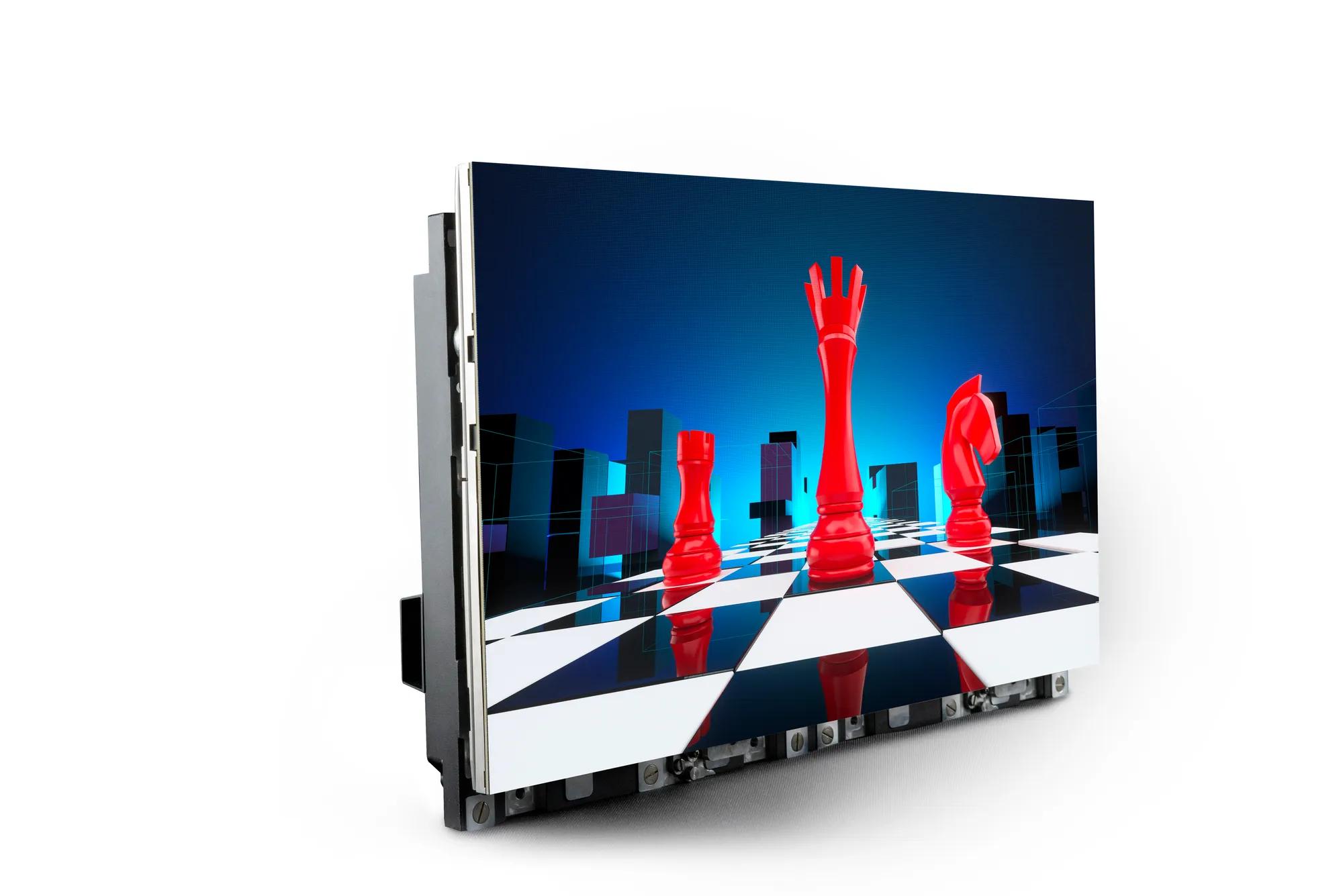Maximizing Visual Effect Via Strategic Content Timing for LED Display Performance
Wiki Article
Enhancing visual impact throughout light-emitting diode screen shows demands meticulous preparation plus tactical visual timing. Light-emitting diode screens represent powerful tools in visual storytelling, often used in musical events, gatherings, plus displays. The efficacy of these screens relies not only just upon the caliber of the visuals yet additionally upon the manner plus timing they are shown. By comprehending the viewers' focus duration and the rhythm of the occasion, event planners can craft a more captivating encounter that enthralls spectators plus improves the total show.
One crucial element of tactical visual timing is scheduling. It is vital to synchronize the visuals with the rhythm and pace of the performance. For instance, during a music performance, visuals should complement the beat and mood of the music. This synchronization helps to forge a unified encounter that pulls the viewers closer. Additionally, it is crucial to take into account the duration of each image clip. Short, impactful clips can maintain audience interest, while extended images may be appropriate for instances of contemplation or emotional connection. By varying the length and intensity of the images, organizers can keep the audience engaged during the show.
Another crucial factor is the content in question. The images shown on the LED wall should be relevant to the concept of the show. This pertinence aids to reinforce the message being conveyed plus makes the experience more memorable for the audience. For instance, if the show is about ecological consciousness, using images that depict nature and wildlife can enhance the message. Furthermore, incorporating lively features, such as motion graphics or engaging visuals, can add excitement and keep the viewers' focus. The right material, shown at the appropriate moment, can considerably elevate the impact of the performance.
Audience engagement is also a crucial factor in visual timing. Comprehending the characteristics and tastes of the audience can guide the selection of visuals. For example, a youthful audience may respond better to vibrant colors and fast-paced animations, while an older audience might appreciate more subtle and sophisticated visuals. By customizing the material to the audience's interests, organizers can create a more personalized experience that resonates with viewers. Additionally, incorporating audience participation, such as led wall content management for animations live polls or social interactions, can further enhance engagement and make the performance more interactive.
Finally, evaluating the effectiveness of the content scheduling is essential for future performances. Gathering feedback from the audience can provide valuable insights into what was effective well and what could be improved. This information can help event planners improve their approaches and take knowledgeable choices for future performances. By continuously assessing and adapting the content timing strategy, event planners can amplify the aesthetic effect of light-emitting diode wall performances and create unforgettable experiences for their audiences.
